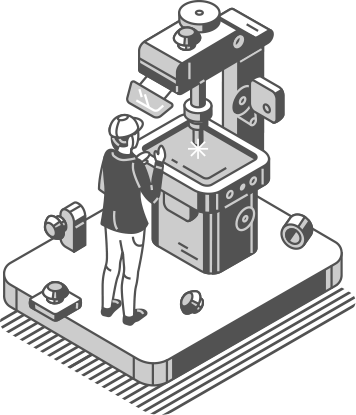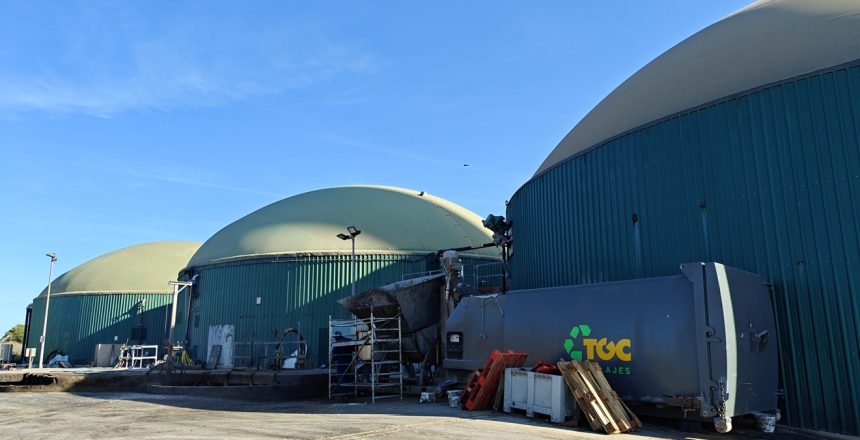The facility, located in Cabanillas, will inject 22 GWh of green gas per year into the network of its distributor, Nedgia, equivalent to the consumption of 4,000 households, thus reinforcing the regional government’s commitment to energy transition and the circular economy. In addition to this plant, the company is developing seven other similar projects in the region with a potential output of 400 GWh per year.
The plant in question, called E-Cogeneración Cabanillas, is the result of the expansion of an electricity and heat production facility that has been in operation since 2011. Thanks to the investment made, it will be able to inject up to 320 Nm³/h of biomethane, with an annual forecast of 22 GWh. The initiative has been financed by the Institute for Energy Diversification and Saving (IDAE) and prioritises the recovery of agricultural and livestock by-products, especially pig slurry, as well as waste from the local food industry.
The model also includes the comprehensive management of these by-products and the recovery of the digestate generated, reducing the use of fossil fertilisers and improving agricultural sustainability in the area.
Biomethane, for its part, is presented as a key alternative for decarbonising homes, businesses and industries without the need to modify current infrastructure, thanks to its full compatibility with the existing gas network.
NAVARRA’S RENEWABLE ENERGY ECOSYSTEM
Navarra is a pioneer and European benchmark in renewable energy production, with a long-standing commitment to technology and industry that has driven the development of new global standards in wind energy.
This sector is the third most important in the region, after automotive and agri-food, and has a solid industrial network made up of more than 110 companies, representing 10% of industrial employment and generating a turnover of 4.5 billion euros, equivalent to 5% of regional GDP. It is also Navarre’s second largest export sector, mainly in the manufacture of wind turbines and their components.
The dense industrial fabric covers all links in the value chain, including a large renewable energy operator, Acciona Energía, and two major OEMs: Siemens Gamesa and Nordex-Acciona Windpower. There is also a group of SMEs that provide significant added value in specific components such as blades, control systems, bearings and gearboxes. Anyone interested in further information about the renewable energy ecosystem in the region can find it at this link.
Source: Diario de Navarra




